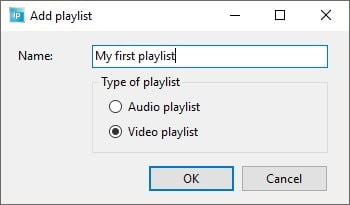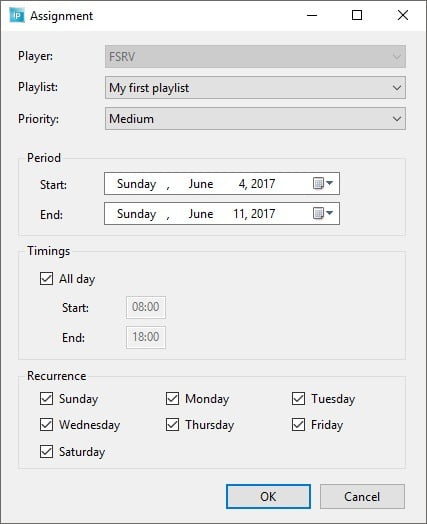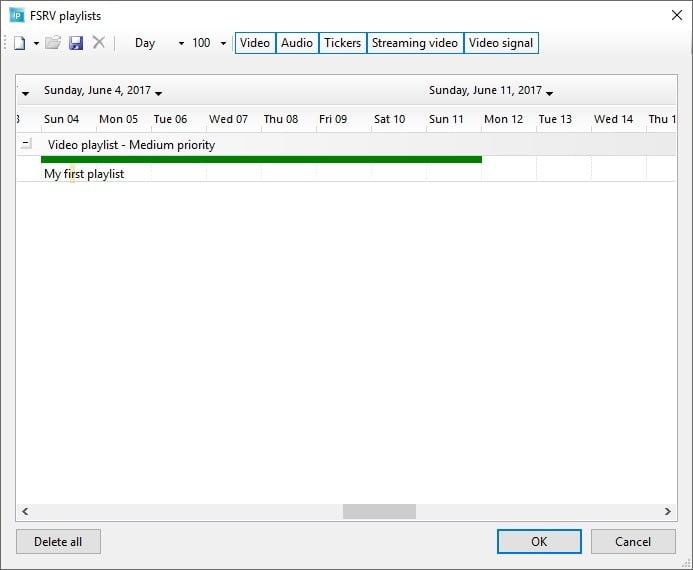
- Enter the computer name or IP address of the computer where the iPoint server component is installed. You can use localhost when the iPoint server is installed on this same computer.
- Also check the port number for all iPoint communication. Default is 8000.
- Test your connectivity for success and click OK to commit.
You see your first player computer connected. The name is in green when it is running and connected to the server. Otherwise the name is in red when there is a communication problem.



















